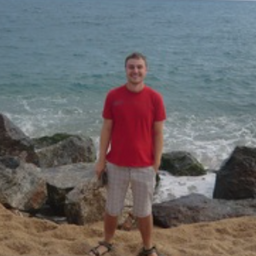Mining heritage and mining tourism of Czechia on the example of the UNESCO region Krušnohoří/Erzgebirge
Mon statut pour la session
Quoi:
Paper
Partie de:
Quand:
11:00, Mardi 30 Août 2022
(20 minutes)
Où:
UQAM, pavillon J.-A. De Sève (DS)
- DS-R520
Mining can be considered as one of the key human activities that affects the development of many regions, conditions the economic development of countries, but also affects the ways of life of people in mining areas. Mining of minerals also significantly transforms the landscape and leaves behind a number of remains, which can be used even after the end of mining activities. These remains can be processed and perceived as a mining heritage, which refers to mining past. The mining heritage is a specific type of industrial heritage that includes values and meanings related to mining and miners.
In Czechia is the specific cross-border region – the Krušnohoří / Erzgebirge that was inscribe on the UNESCO list in 2019. It is an extremely important locality, which represents more than 700 years of mining history and is a unique combination of tangible and intangible heritage.
The paper presents research that deals with the development of the nomination of this site and also deals with the approach and attitude of government organizations, as well as local people to the interpretation and protection of this property. The whole process is examined from a long-term perspective, the research results represent the expectations before registration and the development of the region after inclusion on the UNESCO list. Due to the fact that Krušnohoří/Erzgebirge is a large region, including more than 20 localities, the different attitudes of private and public sectors over time are studied. Attitudes to the individual elements of the heritage complex are also interesting. Through research at the local level, it is possible to understand the people's perception of the past, to understand the process of forming a specific society or the causes of conflicts at the regional and global level
